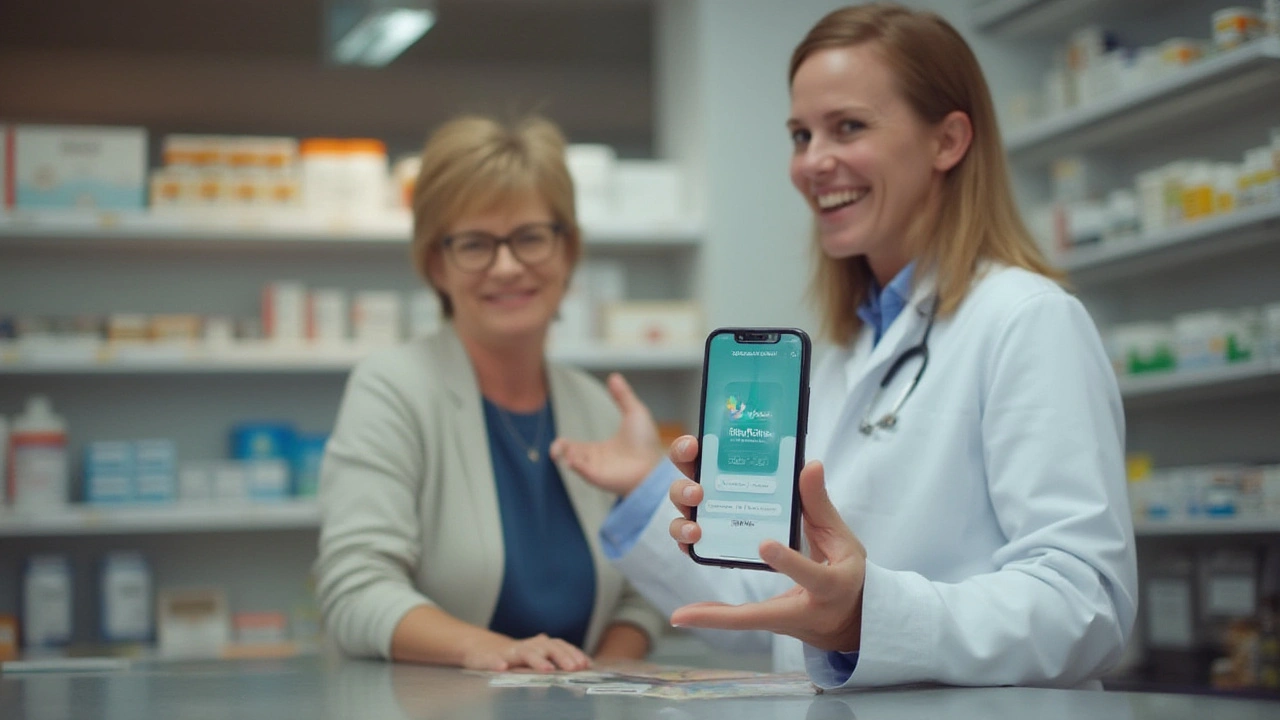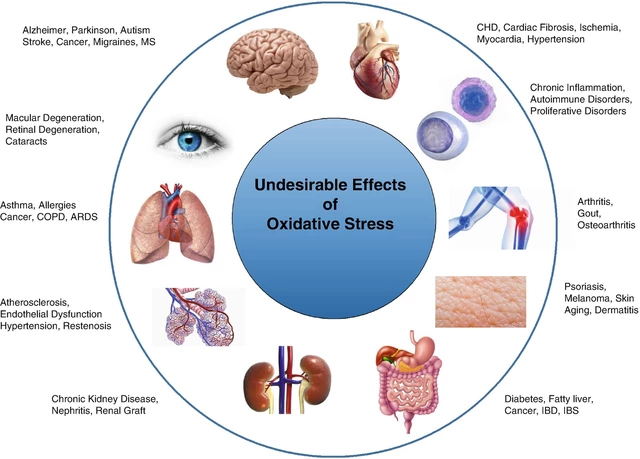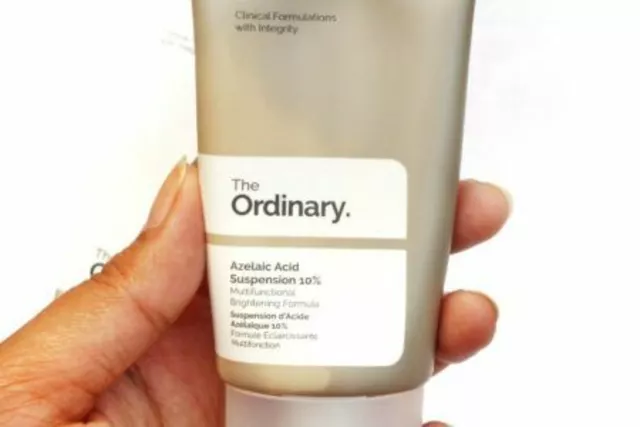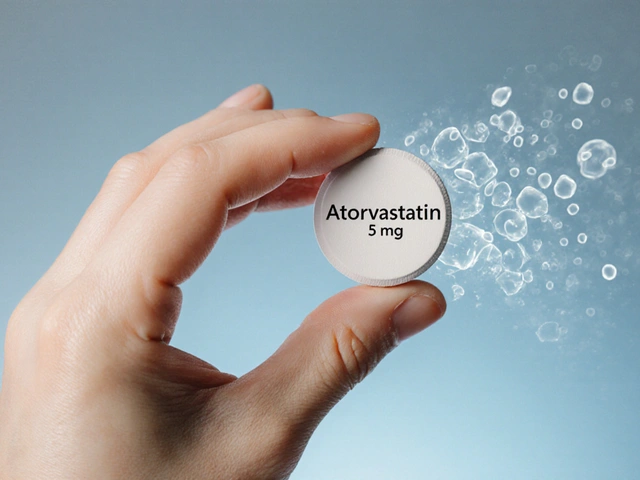
Ever noticed how just thinking about pharmacy lines makes your eye twitch? If you've tried juggling work, kid drop-offs, and a snotty toddler with an ear infection—all while remembering to refill your allergy meds—you've probably wished pharmacies came to you. That's exactly what blinkhealth.com promises: online ordering, low prices, and a let’s-make-this-easy attitude. But Blink Health isn’t just about clicking a button. There's more happening behind the scenes—insurance, pharmacy partnerships, and real money at stake for families who need every dollar to count. Let’s see if they actually make life less stressful or just add another username and password to forget.
How Blink Health Works: The Digital Prescription Experience
The pitch is straightforward: Blink is not a pharmacy itself, but works with networked pharmacies and negotiates direct prices with pharmaceutical companies. The Blink Health website lets users search for medications, compare prices, and snag discounts—sometimes as much as 80% off the local cash price. Ordering is online, but pickup or delivery is flexible. Depending on your zip code, you can have a prescription shipped, or sent to a local pharmacy for pickup. The site’s most visible feature is the price comparison—you enter your prescription, click search, and see instant results for both generic and brand-name drugs.
What stands out? Blink works whether or not you have insurance, and many people use it because their insurance copays are actually higher than Blink’s discounted rates. For example, in 2024, Blink’s price for common drugs like atorvastatin (generic Lipitor) hovered around $4/month, while some people’s insurance left them paying $12 or more. The site’s interface is clean and family-friendly, with none of the intimidating pharmacy jargon—just clear cost upfront. But before you get too excited, not every medication is available. Controlled substances, refrigerated drugs, and certain specialty meds can’t be shipped, due to both state and federal rules. That said, Blink does support thousands of everyday drugs, especially generics for chronic conditions—think blood pressure, diabetes, cholesterol, and depression meds.
Here’s the typical process:
- Search for your medication by name, enter the dose and quantity you need.
- Review the available prices, which often show a pickup and delivery option.
- Create a Blink Health account (it’s free), add your prescription info, and pay online—bank card or HSA/FSA only, no insurance card needed.
- Have your doctor send the prescription electronically to a Blink-partnered pharmacy or ask for delivery.
- Pick up with your Blink card or just show your phone; if it’s delivery, you wait for the mail.
Behind the scenes, Blink Health makes deals with drug manufacturers and pharmacy benefit managers to offer discounts. Unlike some coupon sites (lookin’ at you, GoodRx), Blink asks you to pay upfront online. That’s both good and bad: it locks in your price, but there’s no changing your mind at the counter. If something goes wrong, like a pharmacy not having your drug in stock, there may be a wait while they transfer prescriptions or give refunds.
Blink’s pharmacy network is pretty big—over 35,000 in-person pharmacies as of January 2025, including big names like Walmart, Costco, and grocery store locations. Home delivery is expanding, although certain remote areas depend on shipping times. For folks who live in rural places like where my brother-in-law is, this matters a lot—a couple of missed pills can really mess up your week.
Comparing Costs: Does Blink Health Actually Save Money?
The #1 reason most people consider an online pharmacy is price. Prescription drug costs in the US are, honestly, ridiculous. It’s one of the few places where the same exact pill could cost $5 or $200 depending on whether you hand over a plastic insurance card, use a coupon, or buy straight cash. Blink Health jumps into this chaos with a promise: “Pay less. Every time you fill.” But does the math hold up after you factor in insurance quirks, delivery fees, and the fine print?
Let’s talk everyday situations. You’ve got a blood pressure med that’s $15 with your insurance, or $6 through Blink. You’d expect most people to just switch. But if you use a high-deductible health plan, sometimes your insurance forces you to pay the first $500 or $1000 anyway, meaning Blink’s low price makes even more sense. Some people combine Blink with their Flexible Spending Account (FSA) or Health Savings Account (HSA) for extra tax savings.
What about expensive brand-name drugs? Blink covers a number of them with savings up to 50%. Here’s where it gets tricky though: insurance often includes those brand drugs as a “preferred” item, meaning your copay stays low and Blink’s discounted price might not actually beat your insurance plan. Sometimes, other coupon sites like GoodRx or SingleCare might show you cheaper pharmacy rates for certain drugs. The best strategy is to shop around—there’s no single winner for every med. But for generic maintenance meds, especially if you’re uninsured or underinsured, Blink usually comes out ahead.
| Drug Name | Insurance Copay (avg) | Blink Health Price | Typical Retail Price |
|---|---|---|---|
| Lisinopril (10mg, 30 count) | $10 | $4 | $14 |
| Simvastatin (20mg, 30 count) | $12 | $6 | $30 |
| Metformin (500mg, 60 count) | $8 | $5 | $16 |
| Atorvastatin (20mg, 30 count) | $14 | $7 | $19 |
One major tip: recheck Blink Health prices every refill. Meds change in price, pharmacy participation shifts, and sometimes a generic goes on super-sale for a month. Set a reminder—you’ll thank me later. Also, signup doesn’t mean you’re stuck with Blink forever. You can bounce between your local pharmacy, Blink, or any other online competitor depending on whose price fits your wallet that month.
There is a delivery fee—usually $5–7 per shipment, depending on speed and location. Compared to a $30 cab ride or missing work because you’re standing in a pharmacy line, that’s almost a non-issue for many families. If you’re picking up at a partner pharmacy, there’s no extra fee. Sometimes, they run free delivery promotions for first-timers or certain medications—that’s worth checking before you order.
Money isn’t the only thing on the line. Blink often points to the “no surprises” rule—the price you see is the price you pay, no exception. This can be a big relief if you’ve ever been blindsided at the counter with a bill three times higher than what the doctor estimated. But you do need to have your doctor fax or e-prescribe your script to the correct Blink pharmacy. Miss that step, and you’re chasing paperwork for days, trust me.

Safety, Legitimacy, and Customer Support: Is Blink Health Trustworthy?
When it comes to your family’s meds, safety has to come first—my son Tobias takes an allergy med every day, and I’d never gamble with sketchy websites. So when checking out Blink Health, I dug way deeper than flashy social media ads or Reddit threads. Is Blink legit? Short answer: yes, with some caveats. Blink Health is not a fly-by-night operation. They’re based in New York, operating since 2015, are licensed to conduct pharmacy business in all 50 states, and work with properly accredited pharmacies that meet the National Association of Boards of Pharmacy (NABP) standards. They don’t supply controlled substances—no opioids, ADHD meds, or medical marijuana—so anything you order fits tightly within state and federal rules.
One of the biggest customer concerns is privacy. Blink adheres to all HIPAA standards; your records aren’t floating around where they shouldn’t be. Payment is secure through third-party processors; no credit card details are exposed to pharmacy staff. The refill process is transparent: you get reminders, status updates, and prompt email support if something breaks.
If you ever have an issue, Blink’s customer support handles calls and chats from the main website. Staff are available Mondays through Fridays, and there’s a help center with dozens of FAQ articles. A lot of users report fast, friendly service—but if your issue gets complicated (like an insurance payment snafu or a late package), expect a few rounds of follow-up.
There have been complaints, mostly centered on prescription transfers taking longer than promised, or confusion if a local pharmacy suddenly drops out of the Blink network. Refunds, when needed, go back to the payment method, typically in a few days. Transparency here actually beats many chain pharmacies, where billing errors can take weeks to fix and you’re stuck in a phone tree purgatory.
Be smart—always double-check the pharmacy you select before payment, and call them directly to confirm receipt and timing for your med. This extra step (yeah, it’s annoying) can prevent headaches, especially for first-time users or families with urgent prescriptions.
Best Practices: Tips for Making Blink Health Work for You
If you want to squeeze every bit of value and convenience from Blink, keep these pointers in mind. First off, shop with a plan. Check your insurance price, your local pharmacy, Blink Health, and maybe one or two competitor coupon sites. Prices can change every month—even every week—so don’t settle for the first number you see. For your recurring medications, set up refill reminders inside your Blink profile or on your phone calendar. Blink sends alerts, but your kid’s soccer season or work trips can throw routines out the window.
When possible, ask your doctor to write your prescription with flexibility. Thirty-day and ninety-day fills might be priced differently. Sometimes splitting a higher dose tablet can save more, if your doc agrees it’s safe—just check with them first. Another hack: if you're managing prescriptions for family members, you can keep all profiles and payments organized in one Blink account, switching between child, partner, and even an aging parent in just a click.
Stay on top of promotions. Blink offers occasional discounts for new users, referral bonuses, and sometimes free delivery if you buy a 90-day supply or certain “preferred” generic drugs. Sign up for their newsletter or app notifications—they’re not spammy, but they do shoot out legit deals. Also, always review your med list when you switch pharmacies. Not all generics are created equal—brands and suppliers change, and you should double-check for allergies or reactions. Blink’s website actually lists the manufacturer for most meds, which is rare among digital pharmacies, and super useful if your doc prefers a specific generic supplier.
If you ever run into trouble—say, a package is late, or your pharmacy suddenly claims they haven’t received the Blink script—hit “Contact Support” right away. They usually resolve issues quickly, and if you need a last-minute emergency supply, they’ll call your doctor and local partner pharmacy to help. Just be clear and polite; customer reps are on the other end of all those clicky chats.
One thing my family has noticed: if your school year goes sideways (extra sick days, new medications), Blink’s online platform makes it easy to update info and add new scripts without starting from scratch. You can sync refills, track shipments, and review your entire family’s medication schedule in one place. For parents, that’s huge—one fewer thing scrambling around on a sticky Post-it note. And for anyone who’s ever stood in a chain pharmacy line behind a dozen coughers, quarantine moms, or someone arguing about their insurance, let’s just say it’s peace of mind you never knew you needed.
So, is blinkhealth the online pharmacy to rule them all? Not quite—but for thousands of households, it’s become a quietly reliable way to keep your health (and wallet) on track, all with less hassle than the old pharmacy routine. If you’re overwhelmed by endless med management or high costs, it might just be a gamechanger.






There are 14 Comments
Hobert Finn Bodfish
Khanyisa Mhlongo
Andrea Galetto
Daniel Rogers
Chris Remo
Nancy Lowry
Michael Herr
KJ Miller
Claire Battista
Katherine Stapp
Danie Joy
Manvika Gupta
Frank De Silva
Crystal Magnant
Write a comment
Your email address will not be published. Required fields are marked *